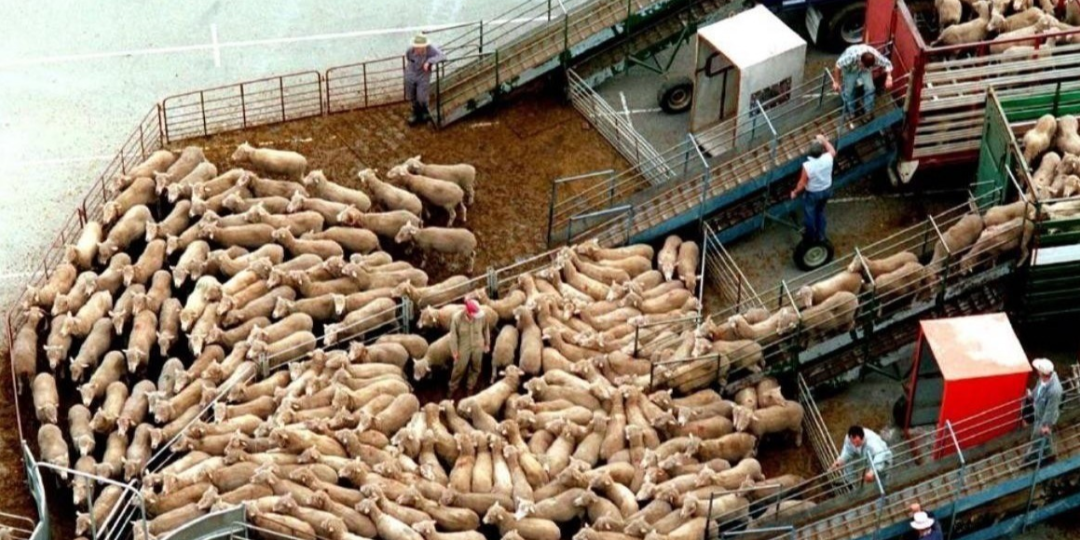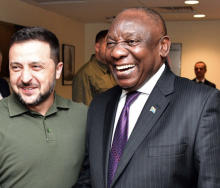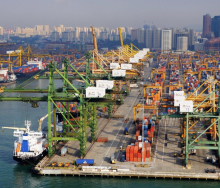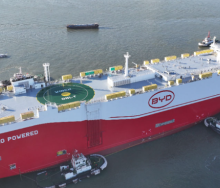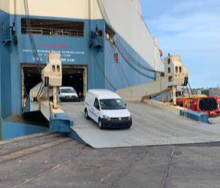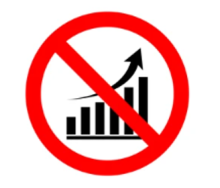Agriculture leaders see considerable potential for red meat exports and the export of live animals to the Middle East, especially from the Eastern Cape.
Brent McNamara, CEO of Agri Eastern Cape, recently told the national executive of the Red Meat Producers’ Organisation that South Africa had exported 17 loads of B-grade bulls to Mauritius, each containing about 700 animals, with only a 1% mortality rate. In the Middle East, the demand for live animals is growing.
Agri Eastern Cape was instrumental in facilitating sheep exports from East London with the meat broker Al Mawashi, which commenced in 2019 and was subject to sustained legal action from the National Council of Societies for the Prevention of Cruelty to Animals (NSPCA).
One outflow of the prolonged lawfare between Al Mawashi and the NSPCA was the formulation by the national department of agriculture of an export protocol for live animals to address animal welfare concerns.
Wandile Sihlobo, lead economist at the Agricultural Business Chamber (Agbiz), said that Asia and the Middle East accounted for 28% of South Africa’s agricultural exports, valued at $13.2 billion, and that South Africa produced surpluses of many of the agricultural produce that Middle Eastern countries typically imported – grains, oilseeds and fruits, among others. In addition, government support could eliminate the phytosanitary barriers that prevent South African exports to those countries.
“There is a compelling investment case for the eastern regions of South Africa and the former homelands that could benefit from capital from the Middle East and China.”
He said large parts of the Eastern Cape’s agricultural areas were marginalised due to poor land governance and weak infrastructure, which isolated them from formal agriculture value chains. “In some regions, the transaction costs of transporting agricultural produce to consumption points are prohibitively high because of insufficient roads, rail, and storage facilities. Additionally, in areas historically linked to commercial farming, deteriorating infrastructure – such as roads, rail, water, dams, storage facilities, and on-farm infrastructure – has become a significant cost driver for businesses.”
According to Sihlobo, it would be worthwhile to assess whether Middle Eastern countries are better positioned to create commercially viable business ventures that address these challenges.
“Some investments could facilitate partnerships with South African agribusinesses and farming enterprises seeking to expand their operations and requiring capital for such activities.”
